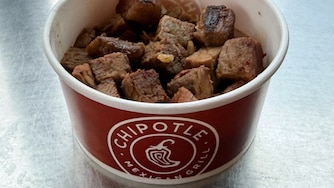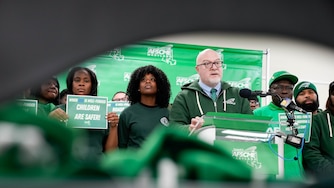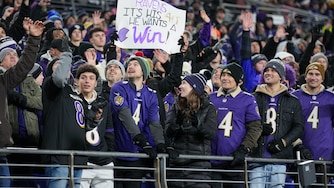Long before fans were packing into Oriole Park at Camden Yards to see their beloved Birds, the roar of the crowd could be heard at another ball park just down the road — for the Baltimore Black Sox of the Negro Leagues.
The Black Sox are the best-known of several Black baseball teams that called Baltimore’s Westport community home during the late 19th and early 20th centuries. The club played at the Maryland Baseball Park from 1921-1932, drawing upwards of 12,000 spectators at the peak of their success, which included an American Negro League pennant in 1929.
Now, community groups and city officials are seeking ways to celebrate the team and to cement their place in local and baseball history. As part of an effort to revitalize the 11-mile shoreline of the Middle Branch waterfront and better connect it to South Baltimore, the Parks & People Foundation is seeking proposals for ways to commemorate the Black Sox.
A proposed Baltimore Black Sox Park that includes a youth baseball field was among the ideas floated by the designers for Reimagine Middle Branch, Baltimore Fishbowl reported in March. The effort is focusing on expanding and improving parks and trails, ecological restoration and economic development.

This month, Parks & People posted on Instagram that it was looking for a consultant to “lead the effort to honor the Baltimore Black Sox as a part of the Reimagine Middle Branch work.”
Frank Lance, the CEO of Parks & People, explained that the project is an integral part of honoring the communities of the Middle Branch area.
“As we do this project, it is paramount that this is not simply redevelopment with some elements of racial justice, but this has to be a racial justice project with elements of redevelopment,” said Lance, whose group is partnering with the South Baltimore Gateway Partnership and various city agencies. “In order to do that, we have to honor, we have to give life, we have to bring back to people’s hearts the Baltimore Black Sox.”
To ensure that the Baltimore Black Sox will be honored properly and their story will be accurately told, Parks & People and the SBGP have conferred with Bernard McKenna, an associate professor of English at the University of Delaware and the premier expert on the club. He’s offered to provide assistance to the consultant that is selected.
“People say that the 1929 team is among the best baseball teams to ever be put on the field,” McKenna said. “I think they should be as much a household name as any others in baseball history.”
Founded in 1913, the Black Sox had success as an independent team before representing the city in four different Negro Leagues, according to an article in BaltimoreBaseball.com.
The Black Sox played at the former Maryland Baseball Park from 1921-1932, according to the Society for American Baseball Research.
During the 1929 season, the Black Sox boasted what was called the “Million Dollar Infield,” because some said infielders Jud “Boojum” Wilson, Frank Warfield, Oliver Marcell and “Sir Richard” Lundy would have been worth a million dollars had they been white baseball players.
The club later played a few seasons at Bugle Stadium in East Baltimore before folding in the mid-1930s.
Over the years, the Black Sox fell into obscurity, except for the occasional nod from Major League Baseball’s Orioles, whose players have donned their uniforms on a few occasions.
In fact, Oriole Park at Camden Yards is located just over a mile from the former site of the Maryland Baseball Park — which is now occupied by the Wheelabrator Baltimore solid waste incinerator. The Westport community itself was split by construction of the Baltimore Washington Parkway in the 1950s.
Lance said the Black Sox project is in its early days of conceptualization. But backers stressed that the project should include a frank discussion of the team’s era. “Part of reimagining the Middle Branch is to be intentional about honoring its past, and the fortitude shown by generations of persons of color against racist policies,” Parks & People wrote in the Instagram post.
McKenna said one way to recapture that history would be through audio retellings of the team’s history.
“The Afro [newspaper], their writers, covered the games, they covered the front office ... it would be wonderful to have [the Baltimore Black Sox] reach the wider audience,” McKenna said.
Aaron Wright was a summer intern for The Banner.
Read more:





Comments
Welcome to The Banner's subscriber-only commenting community. Please review our community guidelines.